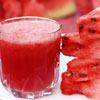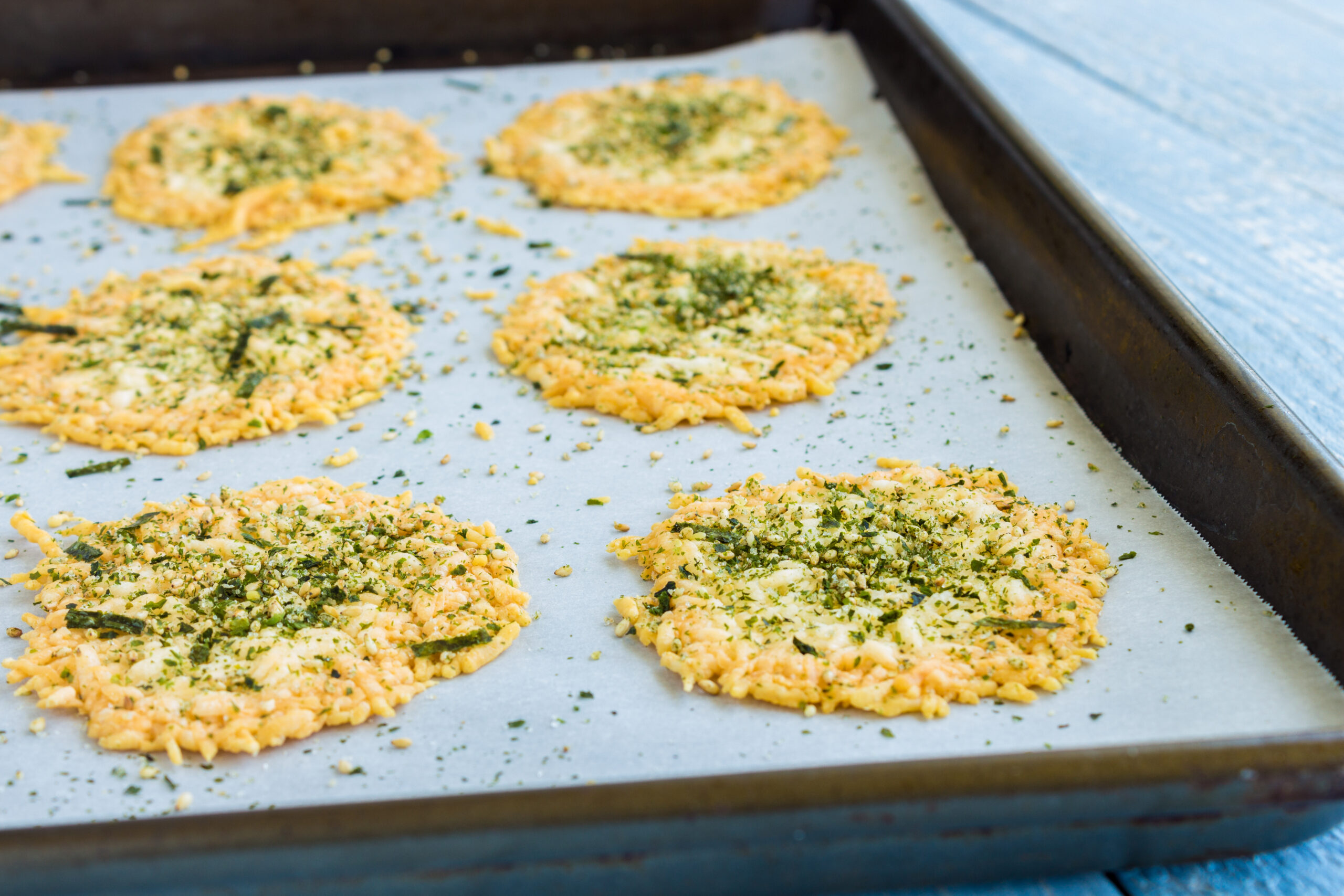Combine the sea salt, pepper, and rosemary; rub the chicken parts thoroughly. Place the chicken in a shallow baking pan and sprinkle with the chopped green onions. Mix the pineapple juice and ginger and pour over the chicken. Bake, uncovered at 375 F in the oven for about 45 to 55 minutes, or until chicken is done. Baste with juices several times. About 10 to 15 minutes before the chicken is done, arrange the pineapple slices on chicken pieces, return to oven for 10 minutes. Makes 4 to 6 servings.



